Multi-Axis Machining (3x-axis, 4x-axis, 5x-axis)
MW+ delivers high-accuracy multi-axis (3-4-5-axis) CNC machining for complex parts. Fast turnaround. Tight tolerances. Trusted by aerospace, medical, and automotive industries.
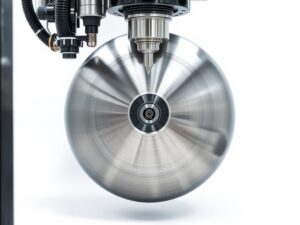
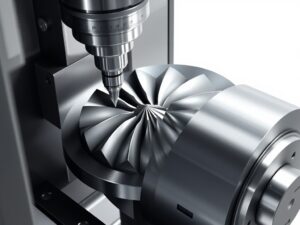
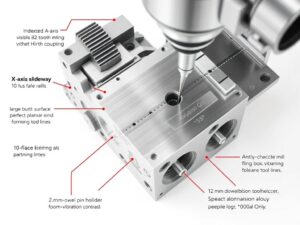
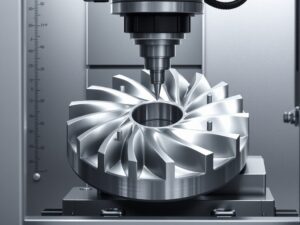
"Our Multi-Axis Machining Capabilities"
We delivers precision MULTI-AXIS Machining with 3-axis, 4-axis, and 5-axis CNC capabilities for projects of any complexity. Our 3-axis systems provide reliable milling of standard geometries, while 4-axis adds rotary movement for cylindrical parts. For the most intricate components, our 5-axis machines offer full contouring capabilities with simultaneous multi-directional cutting.
We machine aluminum, titanium, plastics, and composites to tolerances of ±0.0005″, handling parts up to [specify dimensions]. Serving aerospace, medical, and automotive industries with ISO-certified precision, we combine advanced technology with decades of machining expertise.
Contact us to optimize your next project with our multi-axis capabilities.
Our Multi-axis Services
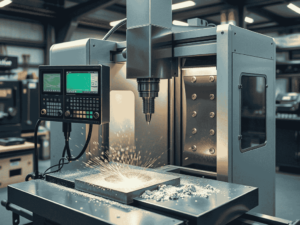
3x-axis
3-axis CNC milling for complex 2.5D geometries. Achieve ±0.01mm tolerances in aluminum, steel, and plastics.
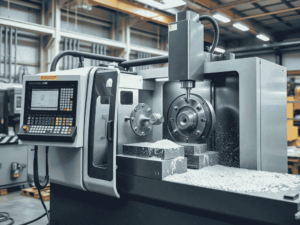
4x-axis
4-axis indexed milling for continuous precision on multiple faces. Machine complex contours and angled features (±0.008mm) without repositioning.
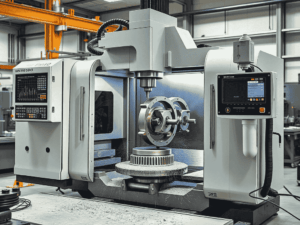
5x-axis
5-axis is simultaneous machining for aerospace-grade components. Achieve ±0.005mm tolerances on complex organic shapes
The Materials we provide for our multi-axis services
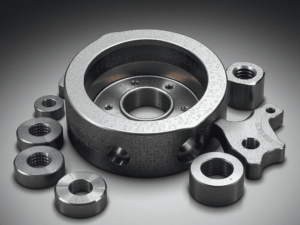
Tool Steel (high wear resistance)
D3 is a high carbon, high chromium tool steel known for its excellent wear resistance and ability to maintain a sharp edge. It is commonly used for cutting tools, dies, and industrial applications requiring high durability.
Subtypes:
- D3 (Standard)
- D3 Cold Work Tool Steel
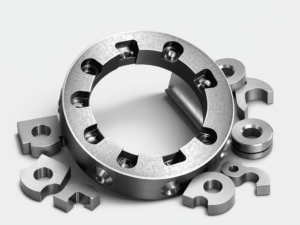
Pre-Hardened Tool Steel
P21 is a pre-hardened tool steel that offers good machinability and wear resistance. It is ideal for making molds and dies, as it doesn’t require extensive heat treatment.
Subtypes:
- P21 (Standard)
- P21+ (Improved)
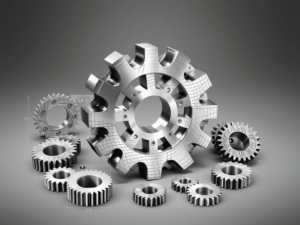
Hot Work Tool Steel
H11 is a hot work tool steel known for its toughness and thermal fatigue resistance. It is used in applications involving high temperatures, such as die casting and forging.
Subtypes:
- H11 (Standard)
- H11A (Modified for improved toughness)
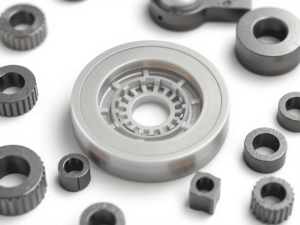
Polyoxymethylene (Acetal)
POM is a high-performance engineering thermoplastic known for its low friction, high stiffness, and excellent dimensional stability. It’s widely used in precision parts and mechanical components.
Subtypes:
- POM-C (Copolymer)
- POM-H (Homopolymer)
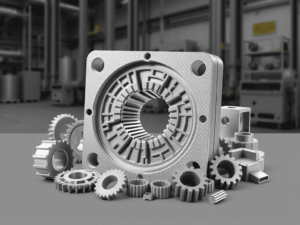
Polyamide (Nylon)
PA is a versatile synthetic polymer known for its high strength, toughness, and excellent chemical and wear resistance, commonly used in textiles, automotive components, and industrial applications.
Subtypes:
- PA(Nylon) Blue
- PA6 (Nylon)+GF15 Black
- PA6 (Nylon)+GF30 Black
- PA66 (Nylon) Beige (Natural)
- PA66 (Nylon) Black
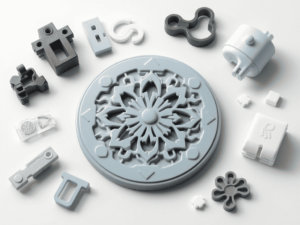
Polypropylene
PP is a lightweight, durable thermoplastic known for its chemical resistance and versatility. It is widely used in packaging, automotive parts, and consumer goods.
Subtypes:
- PP Homopolymer
- PP Copolymer
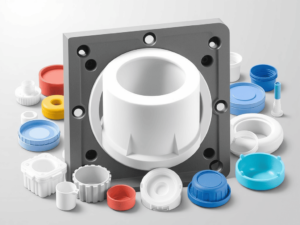
High-Density Polyethylene
HDPE is a strong and versatile thermoplastic known for its high strength-to-density ratio. It is commonly used in containers, piping, and plastic bottles.
Subtypes:
- HDPE (Standard)
- HDPE (Recycled)
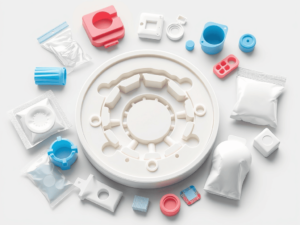
Low-Density Polyethylene
LDPE is a flexible and durable thermoplastic known for its low density and high chemical resistance. It is often used in packaging films and bags.
Subtypes:
- LDPE (Standard)
- LDPE (Recycled)
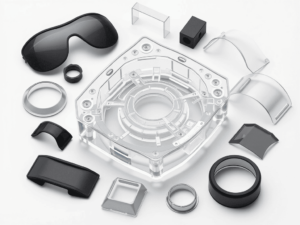
Polycarbonate
PC is a strong, impact-resistant thermoplastic known for its clarity and heat resistance. It is commonly used in eyewear lenses, safety equipment, and electronic components.
Subtypes:
- PC (Standard)
- PC (Flame Retardant)
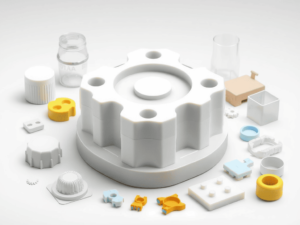
High-Impact Polystyrene
HIPS is a tough and impact-resistant thermoplastic known for its ease of processing and good surface finish. It is commonly used in consumer products and packaging.
Subtypes:
- HIPS (Standard)
- HIPS (Recycled)
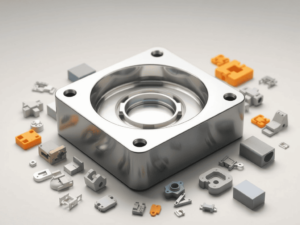
Polybutylene Terephthalate
PBT is a thermoplastic engineering polymer known for its excellent mechanical properties and chemical resistance. It is often used in automotive and electrical applications.
Subtypes:
- PBT (Standard)
- PBT (Reinforced)

Polyamide-imide
PAI is a high-performance thermoplastic known for its excellent thermal stability and mechanical properties. It is used in high-temperature applications and aerospace components.
Subtypes:
- PAI (Standard)
- PAI (Filled)
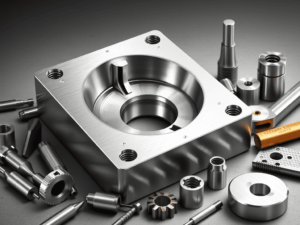
High-Speed Steel
M2 is a high-speed steel known for its high hardness, wear resistance, and ability to retain hardness at elevated temperatures. It is commonly used for cutting tools and drills.
Subtypes:
- M2 (Standard)
- M2 (Coated)
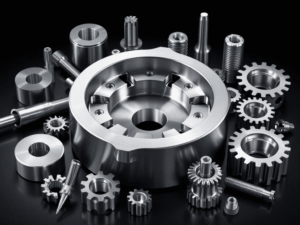
High-Speed Steel
HSS is a high-performance tool steel known for its ability to cut at high speeds without losing hardness. It is widely used in manufacturing cutting tools.
Subtypes:
- HSS (Standard)
- HSS (Coated)
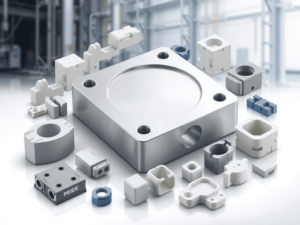
Polyether Ether Ketone
PEEK is a high-performance thermoplastic known for its excellent chemical resistance and thermal stability. It is used in specialized applications such as aerospace and medical devices.
Subtypes:
- PEEK (Standard)
- PEEK (Reinforced)

Polymethyl Methacrylate
PMMA is a transparent thermoplastic known for its clarity and UV resistance. It is commonly used as a lightweight alternative to glass in various applications.
Subtypes:
- PMMA (Standard)
- PMMA (Impact Resistant)
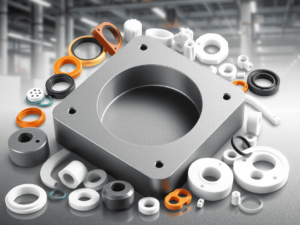
Polytetrafluoroethylene (Teflon)
PTFE is a high-performance fluoropolymer known for its non-stick properties and chemical resistance. It is widely used in coatings, seals, and gaskets.
Subtypes:
- PTFE (Standard)
- PTFE (Filled)
Tolerance for Multi axis Machining Services
Limits for nominal size
Metals (ISO 2768- f)
Plastics (ISO 2768- m)
0.5mm* to 3mm
±0.05mm
±0.1mm
Over 3mm to 6mm
±0.05mm
±0.1mm
Over 6mm to 30mm
±0.1mm
±0.2mm
Over 30mm to 120mm
±0.15mm
±0.3mm
Over 120mm to 400mm
±0.2mm
±0.5mm
Over 400mm to 1000mm
±0.4mm
±0.8mm
Over 1000mm to 2000mm
±0.5mm
±1.2mm
| Category | Parameter | Standard Grade | Precision Grade | Validation Method |
|---|---|---|---|---|
| Machine Accuracy | Positional Accuracy | ±0.0015″ (3-axis) | ±0.0003″ (5-axis) | Laser Tracker (ISO 230-2) |
| Volumetric Accuracy | ±0.003″ (per ft³) | ±0.0005″ (per ft³) | Ballbar Testing (ISO 230-4) | |
| Tooling Performance | Tool Deflection | <0.002″ @ 10:1 L:D | <0.0005″ @ 20:1 L:D | Strain Gauge Measurement |
| Tool Change Repeatability | ±0.0004″ | ±0.0001″ | Dial Indicator Test | |
| Workholding | Fixture Repeatability | ±0.002″ | ±0.0005″ | CMM Probing (NIST Traceable) |
| Dynamic Clamping Force | 500 lbf (Hydraulic) | 1500 lbf (Pneumatic) | Load Cell Verification | |
| Surface Quality | Ra Surface Finish | 32 μin (End Mill) | 4 μin (Diamond Tool) | White Light Interferometry |
| Form Error (Freeform) | ±0.003″ | ±0.0005″ | 3D Laser Scanning | |
| Process Capabilities | Minimum Feature Size | 0.010″ (3D Contour) | 0.001″ (Micro-Milling) | SEM/ Optical Microscopy |
| Simultaneous Axis Sync | ±15 arc-sec (4th/5th) | ±3 arc-sec (5+ axis) | Rotary Encoder Feedback | |
| Thermal Stability | Thermal Drift (8hr) | ±0.001″/°C | ±0.0002″/°C | Laser Displacement Sensors |
| Coolant Temp Control | ±2°C (Flood Coolant) | ±0.5°C (Chiller System) | Thermocouple Logging | |
| Material Removal | MRR (Aluminum) | 15 in³/min | 50 in³/min (HSM) | Force Dynamometer |
| Hard Material Capability | HRC 45 (Steel) | HRC 65 (Ceramics) | Tool Wear Analysis (SEM) | |
| Dynamic Performance | Vibration Damping | 0.05 ζ (Structural) | 0.20 ζ (Active Control) | Modal Analysis (FFT) |
| Settling Time (Step Response) | 50 ms | 10 ms | High-Speed Encoder Tracking | |
| Metrology Integration | On-Machine Probing | ±0.0005″ (Touch Probe) | ±0.0001″ (Laser Probe) | Master Artifact Calibration |
| Real-Time Error Comp | 50% Error Reduction | 90% Error Reduction | Closed-Loop Feedback System |
